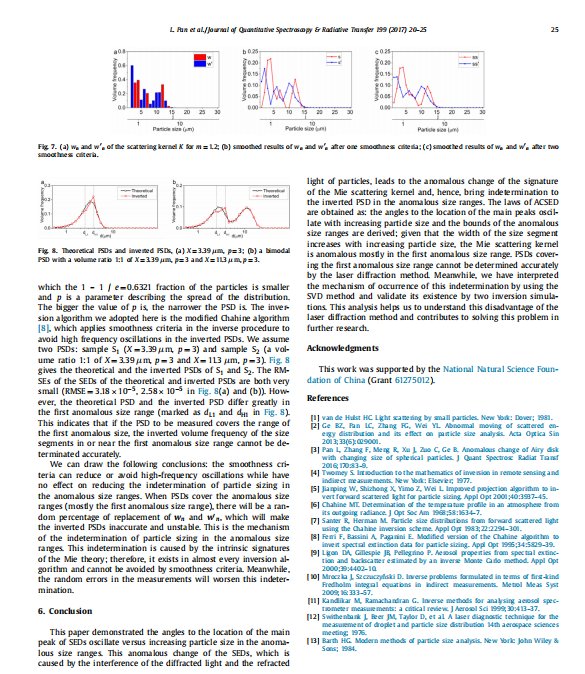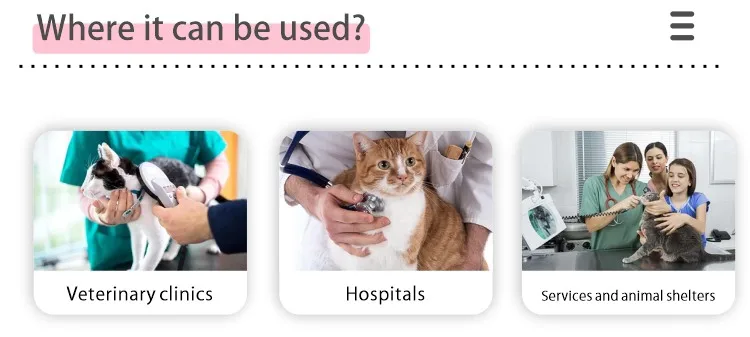## Define Pet Scan: Understanding the Revolutionary Imaging Technique for Veterinary Medicine
### Introduction to Pet ScanIn the realm of veterinary medicine, the term **define pet scan** refers to a cutting-edge imaging technique known as Positron E……
### Introduction to Pet Scan
In the realm of veterinary medicine, the term **define pet scan** refers to a cutting-edge imaging technique known as Positron Emission Tomography (PET). This revolutionary method is transforming how veterinarians diagnose and treat various conditions in pets. By providing detailed images of metabolic activity within the body, PET scans enable veterinarians to detect diseases at their earliest stages, ensuring that pets receive timely and effective care.
### What is a PET Scan?
A **PET scan** is a non-invasive imaging technique that utilizes radioactive tracers to visualize the function of organs and tissues in real-time. Unlike traditional imaging methods such as X-rays or CT scans, which primarily show anatomical structures, PET scans focus on metabolic processes. This distinction is crucial for diagnosing conditions such as cancer, neurological disorders, and cardiovascular diseases in pets.
### How Does a PET Scan Work?
To **define pet scan** accurately, it’s essential to understand its operational mechanics. During a PET scan, a small amount of radioactive material is injected into the pet’s bloodstream. This tracer emits positrons, which collide with electrons in the body, producing gamma rays. The PET scanner detects these rays and constructs detailed images that reveal how tissues and organs are functioning. This process allows veterinarians to identify abnormal metabolic activity that may indicate disease.
### Benefits of PET Scans in Veterinary Medicine

The advantages of incorporating PET scans into veterinary diagnostics are numerous:
1. **Early Detection**: One of the most significant benefits of a **pet scan** is its ability to detect diseases in their early stages, leading to more effective treatment options.
2. **Non-Invasive Procedure**: PET scans do not require invasive techniques, making them safer and more comfortable for pets.
3. **Comprehensive Insights**: By providing a view of metabolic activity, PET scans can reveal issues that other imaging methods might miss, such as subtle changes in tumor activity or inflammation.
4. **Treatment Monitoring**: PET scans can be used to monitor the effectiveness of treatments, allowing veterinarians to adjust therapies as necessary.

### Conditions Diagnosed with PET Scans
A **define pet scan** encompasses various applications in veterinary medicine. Some common conditions diagnosed using this imaging technique include:
- **Cancer**: PET scans are particularly effective in identifying tumors and assessing their metabolic activity, which is crucial for staging cancer and planning treatment.
- **Neurological Disorders**: Conditions such as epilepsy or brain tumors can be evaluated through PET scans, providing insights into brain function and activity.
- **Cardiovascular Diseases**: PET imaging can assess blood flow and heart function, helping to diagnose heart diseases in pets.

### The Future of PET Scans in Veterinary Medicine
As technology continues to advance, the use of PET scans in veterinary medicine is expected to grow. Research is ongoing to enhance the sensitivity and specificity of PET imaging, making it an even more valuable tool for veterinarians. Additionally, the integration of artificial intelligence and machine learning may further improve diagnostic accuracy and treatment planning.
### Conclusion
In summary, to **define pet scan** is to recognize its significance in modern veterinary medicine. This innovative imaging technique not only enhances diagnostic capabilities but also improves the overall quality of care for pets. As veterinarians increasingly adopt PET scans, pet owners can feel more confident in the diagnostic processes and treatment plans for their beloved companions. Understanding the role of PET scans is essential for anyone involved in pet care, from veterinarians to pet owners, as it represents a leap forward in ensuring the health and well-being of pets everywhere.